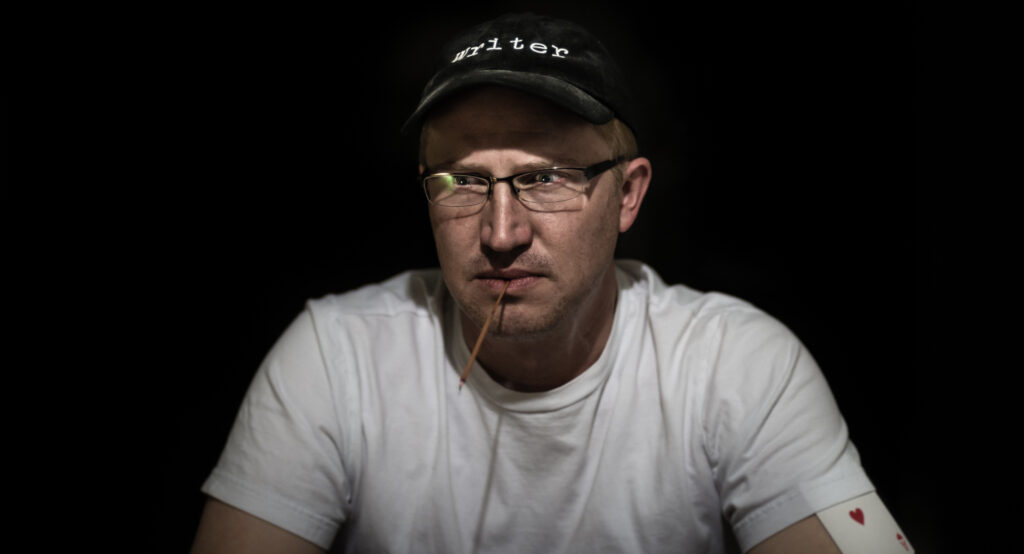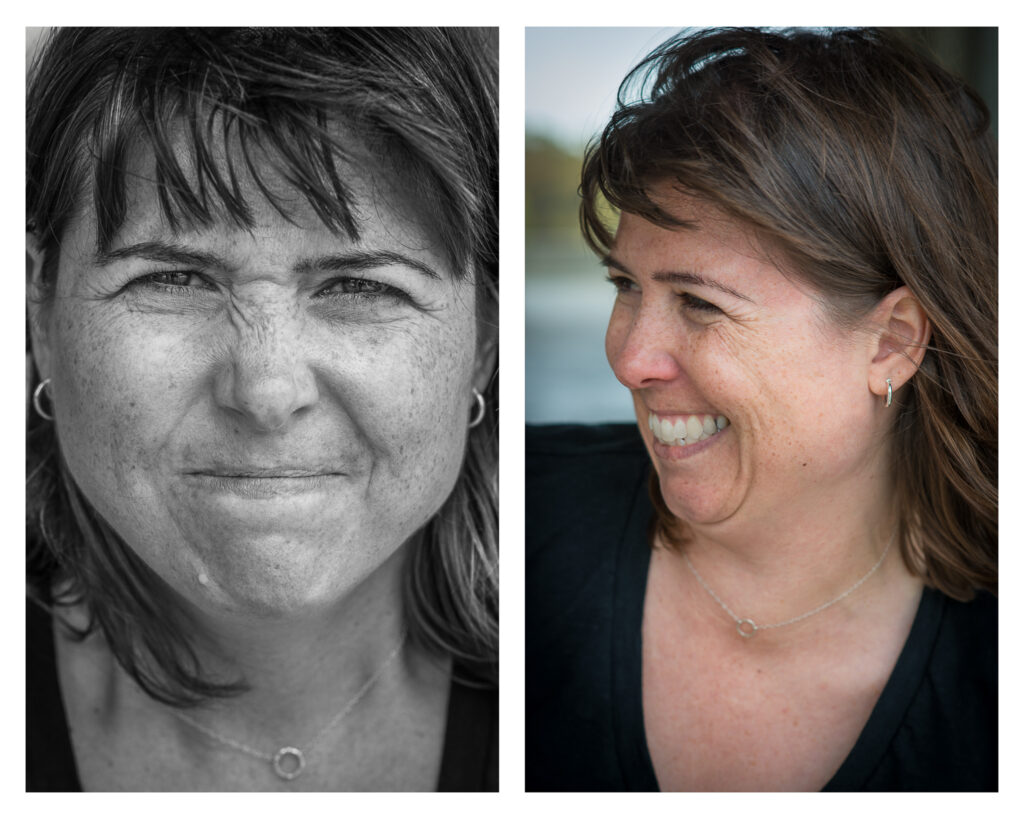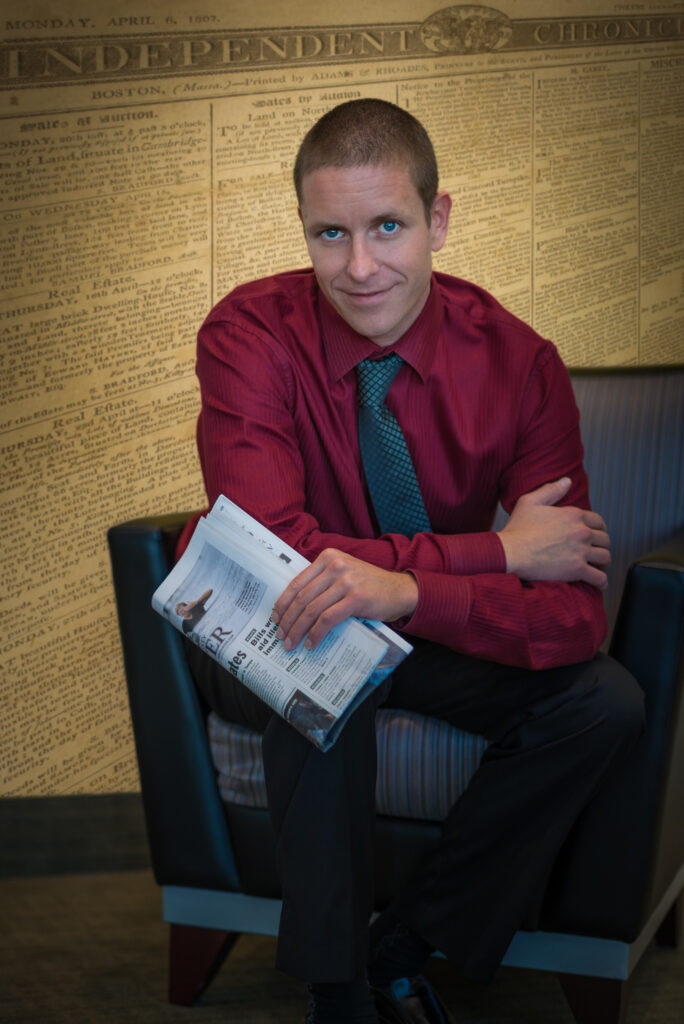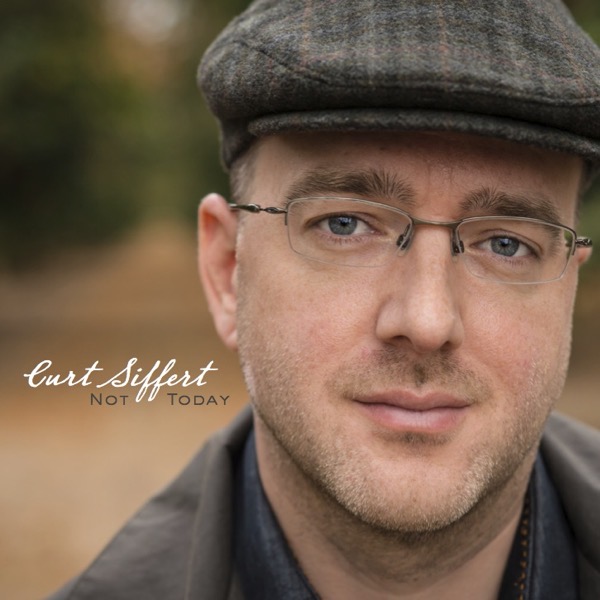My cosmic halfway point was in the Mountain Shadows Assisted Living facility in Tucson to see Edythe Taylor, my 100-year-old grandmother-in-law. She’d had some health issues, but not major. She was mostly plagued by… you know… age. She couldn’t hear all that well, so I had to scream at her, which seemed rude. She repeated herself occasionally. Still, she was pretty well put together for being one of 72k people who’d hit that mark. I should be so lucky.
Anyhow, she was great. She loved the surprise and gave me the gift of a wonderful shot of her big, beautiful face. I kissed her goodbye and made my way out.
Grammy passed last week. As lucky as I’d been to know her, I certainly didn’t know her as well as my wife. With that, here are Kira’s words to be read at the memorial service today.
I have always loved hearing stories about my grandmother, Edythe Taylor. Through her caring and generous spirit, she touched so many lives. She has been recognized by nearly every community group and charitable organization for her work, and the stories of her efforts in making the Quaker Oats man smile and the people she worked with in Chicago predate me by many years. In her scrapbook, I loved seeing her through the eyes of her community.
But my most precious memories of Edythe Taylor are through my own eyes, the eyes of her adoring grandchild.
To me, she was my Grammy! Looking back, there may have been many other concerns on her mind during the annual spring break trips I spent with her in Green Valley, but our weeks were filled with…
- early mornings feeding the birds,
- read-aloud sessions snuggled by the heater in the bathroom while the rest of the house slept,
- and cinnamon toast with extra cinnamon and sugar – the way only a grandmother is allowed to make it!
- Giggling for hours made us hungry for lunch, only to be satisfied by olive and cream cheese sandwiches (“Make me one just like yours, Grammy!”) and labored choices from the large tin of cookies in the middle of the lunch table.
- My memories of her are of the strong woman that braved snowy Christmases in Colorado, my high school graduation, a trip to see me in Russia at age 84?!, and her treasured trip out for my wedding.
In addition to her charitable work that reached so many in need, her loving presence in my life also has far reaches. Though we say goodbye to her today, she will live on
- in the birds at my own birdfeeder,
- in the cookies on my family’s lunch table,
- in the way I see those around me in need and how my children see the needs in their community,
- in the precious morning hours of every day.
Thank you, Grammy! We love you!
As I hit the front door, a younger woman came running out of a neighboring room. She stopped me and said, “You know, you were talking sort of loud and I couldn’t help overhearing you. What you’re doing—driving around the country to thank people important to you?—that’s about the coolest thing I’ve heard of.” She put her hand on her heart. “That is an inspiration.”
I cried as I pulled out of the facility. First, because I’d made it to Grammy. Second, I think I’d realized just how stingy I’d been with my gratitude over the years. That this trip is such a surprise for so many—even the people I talk to all the time—tell me that I’ve done a terrible job telling people how important they are to me when it counts, at the moment.
So, even for such a brief moment of your life that you’d spent in mine, thank you, Edythe, for giving so much of yourself to your community, your family, and the strength and beauty you have passed on through your daughters, grand and great.





















